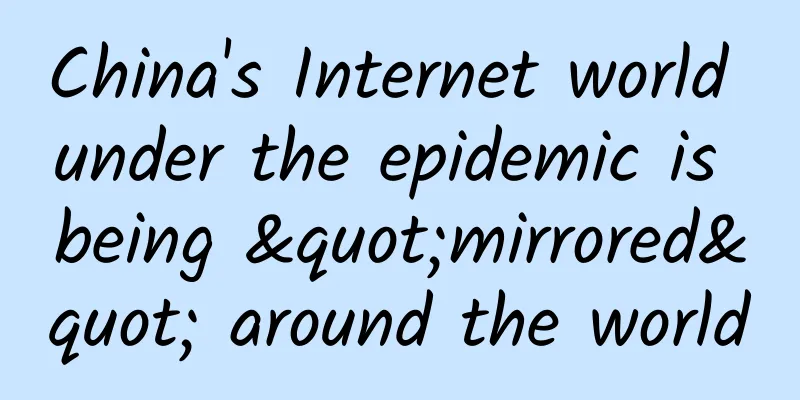Introduction to Socks5 Proxy Protocol

Part 01. Socks5 protocol conceptSocks5 is a proxy protocol that plays an intermediary role between the front-end machine and the server using the TCP/IP protocol to communicate, allowing the front-end machine in the intranet to access the server in the Internet. Compared with the earlier SOCKS protocol version, SOCKS5 has the following main functions and features: (1) Support IPv4 and IPv6 : SOCKS5 protocol can support both IPv4 and IPv6 addresses to meet the needs of different network environments. (2) User authentication: SOCKS5 supports multiple user authentication methods, such as username/password authentication, GSS-API authentication, etc., which increases the security of the connection. (3) Data encryption : The SOCKS5 protocol can encrypt data through encryption protocols such as TLS/SSL to protect data security. (4) UDP forwarding : Compared with the SOCKS4 protocol, the SOCKS5 protocol supports UDP forwarding and can transmit UDP data in the proxy connection. The commonly used socks5 proxy software are as follows.
Part 02. Sock5 protocol interaction processThe socks protocol interaction process is as follows. The interaction details are shown in Figure 1, and the data packet format is shown in Figure 2. (1) The PC initiates a connection request to access the server. (2) The connection request is intercepted by the socks5 client, and then the socks5 client actively establishes a TCP connection with the socks5 proxy server. (3) The socks5 client actively authenticates with the socks5 proxy server. (4) After authentication, the socks5 proxy server actively establishes a connection with the server. If the PC initiates a TCP request, a TCP request connection is established; otherwise, a UDP request connection is established. (5) After the request is established, data is exchanged between the socks5 proxy server and the server. (6) The socks5 proxy server forwards the data to the socks5 client through the socket. (7) The socks5 client forwards the data to the PC. Figure 1 Socks5 protocol interaction process Figure 2 Socks5 protocol data packet format Part 03. Sock5 application scenariosThe SOCKS5 protocol plays an important role in a variety of application scenarios. The following are some common application scenarios: Figure 3 Socks5 general deployment topology
Part 04. Application of Sock5 protocol in home broadbandIn the home broadband network environment, in order to solve the problem of slow network connection speed or high latency and provide differentiated high-quality network experience, China Mobile provides intelligent network intelligent acceleration service, which imports user traffic into the accelerated network through socks5 tunnel, reduces the latency of game access, and solves problems such as lag and packet loss. In this scenario, the socks5 client and socks5 server are modified, the client directly initiates the socks5 request, and the server receives the request and proxies the request. Figure 4 Socks5 topology in home broadband scenario Part 05. SummaryThe SOCKS5 protocol is an application layer protocol used to establish a proxy connection between a client and a proxy server. It supports TCP and UDP transport protocols and can proxy connections for various application layer protocols. The SOCKS5 protocol relays client requests through a proxy server, providing functions such as bypassing network blockades, improving network security, accelerating network connections, and bypassing geographic restrictions. Through encryption protocols, the SOCKS5 protocol can protect the security of data. In general, the SOCKS5 protocol has a wide range of applications in network proxy and tunneling technology, providing users with a safer and freer network access experience. |
<<: XDP technology for high-performance network framework
>>: K8s-Service Mesh Practice-Introduction to Istio
Recommend
Trend analysis: How to make 5G technology more down-to-earth from MWC
At MWC two years ago, we heard people imagining w...
Standard Interconnect's new US lightweight cloud starts at 98 yuan/year, and Hong Kong CN2 starts at 198 yuan per year
At the beginning of the year, we shared informati...
The basics of the commonly used mainstream dynamic routing protocol OSPF and OSPF message types. Learn about them in one minute
1. Basic Concepts of OSPF OSPF is based on IP pro...
80VPS: Japan/Hong Kong CN2 server 600 yuan/month, E5/16G/1TB/20M bandwidth
80VPS is an early-established comprehensive netwo...
How can you explain in simple terms the difference between TCP/UDP protocols and HTTP, FTP, SMTP and other protocols?
Let's first assume that there is no TCP, or e...
Three "fairy tale" ways to build a data center
There is a very important indicator for evaluatin...
What will the Internet look like in 10 years?
The Internet has evolved tremendously over the pa...
Huawei and China Southern Power Grid jointly released the "Smart Grid Next Generation Transport Technology Liquid OTN White Paper" to accelerate the digital transformation of the power industry
[Guangzhou, China, August 5, 2020] Huawei's &...
Ministry of Industry and Information Technology: my country has built nearly one million 5G base stations covering all prefecture-level cities across the country
At present, the number of 5G terminal connections...
Tongyou Technology will make further efforts, and "autonomous and controllable" masterpieces will be released soon
This year, "Digital China" was written ...
Is the neighbor Wang using the internet for free? This is how you should punish him on the spot
Have you ever found yourself always experiencing ...
V5.NET: 32 yuan/month-dual core/2GB/40GB/500GB@500Mbps/Hong Kong data center
V5 Server (V5.NET) has launched new cloud servers...
The Secret History of IPv6
As we all know, IPv6 is a new technology that is ...
Zhang Pingan, President of Huawei Consumer BG Cloud Service: Fertile Soil, Shining Stars, Win-win Digitalization
On June 22, DigiX2018 Huawei Terminal Global Part...
OlinkCloud: $5.6/month KVM-1GB/10G SSD/500GB/San Jose
Tribe shared the news about Olink.Cloud in Novemb...









